Drew Dintaman:
Welcome, everyone. My name is Drew Dintaman. I’m from Aeroqual. I’d like to welcome you to the very first episode of the Air Quality Matters video series, where we’re going to talk about all things air quality that matter to you. My first guest on this interview series is going to be Mick Pocock from Specto Technology. So Mick, how are you doing?
Mick Pocock:
Thank you very much for having me on your show. Looking forward to speaking about all things air quality and some current topics at the moment: wildfire issues.
Drew Dintaman:
Thanks for being here. Specto Technology is a company that supports a lot of different environmental and geotechnical monitoring solutions on project sites. They’re really good at what they do. They’re also supporting customers with what’s going on right now in California, Oregon, Washington, Arizona with wildfire.
Mick Pocock:
These wildfires are turning out to be some of the worst on record. Last year in my home country, Australia, we burned 27 million acres in wildfires. I think California is at a record at the moment with 2.2 million acres. What you’re seeing from that, besides the danger of fire itself and having to evacuate homes, one of the biggest concerns is wildfire smoke. With wildfire smoke there are acute risks. If you’re breathing it in, you can have some very acute respiratory problems, but there’s also some longer term risks of breathing in particular matter. Vegetation burning causes other gases such as nitrogen dioxide, sulfur dioxide, ozone, and some other nasty chemicals. The particulate matter is the biggest concern and PM 2.5 is really what we’re looking at when we’re trying to determine the health risk.
Drew Dintaman:
Okay. Yeah. That’s a good point. So PM 2.5 is a particulate matter size. And I’m going to ask you to talk about that in a minute, because some of the people watching this might not know, or it might be a good refresher. For the people that are living in these states that are impacted, they are likely tracking something called the AQI. Again, I’m going to ask you to elaborate on that. But that AQI, or that air quality index is something that people use to determine if the air is healthy outside. They’re going to see recently that that number is up in the unhealthy range in a lot of places. So tell us about that. What is PM 2.5? What is the AQI? And what are the relationship of the two of these?
Mick Pocock:
When I’m talking about PM 2.5, that’s referring to the diameter of the particulate matter that’s coming from the wildfire. So, that diameter is 2.5 micrometers. This is very, very small. It’s like a millionth of a meter. If, say, as an example, you take a human hair, a PM 2.5 particle is 100 times thinner than a human hair. So these are very small particles that are actually so small, they behave like a gas. They remain suspended in the air for a very long time. They can travel long distances, and then they can also travel very deeply into our lungs and get into our bloodstream, travel through our body organs, and cause a lot of health issues.
The relationship then from that to the AQI is that the AQI is a standard scale the EPA uses. You can use one number for any kind of air quality pollution, and PM 2.5 is one of those pollutants that we are using in the AQI indexes. You can have a PM 2.5 concentration, and you have just an AQI number. So an AQI of over 150 is considered unhealthy for the general population and that’s around 55 micrograms per cubic meter.
Drew Dintaman:
That AQI is coming from an air monitoring station, right? The number that people are seeing is coming from a station that may or may not be very local to where you are.
Mick Pocock:
Absolutely. It might not always be local. It’s often a number that is taken from an average of the last 24 hours. So both temporally and spatially, it might not always be the best representation of what’s happening in your area, in your house or in your workplace. What we’re seeing with some of our customers is the desire to monitor using supportable monitoring equipment and to actually measure for PM 2.5.
They want to know and they want to be able to assess that at their workplaces. In fact, there are emergency guidelines at the moment in California, that require all businesses that are either involved with outdoor work or unfiltered air inside to monitor for air quality, whether it’s using the AQI index or using a local monitoring system. So, that’s where we’re partnering with Aeroqual to supply these monitors. And it’s providing some assurance for people that their workplaces are safe.
These PM 2.5 and wildfire smoke, besides causing inflammation and irritation to your lungs, asthma and bronchitis, they can also lead to stroke and heart attacks. And more recently, these really small particles have been linked to things like poor learning and memory depression, and other mental health disorders. There are studies out there suggesting that COVID-19 can be traveling on these small particles. We’ve had some NFL teams recently inquire about air quality monitors for their practice outside. We’ve had hospitals inquire. They’re concerned about patients. The construction industry is where we do a lot of our work. And, of course, there, you’re always working outdoors. So, that’s the kind of customers we’re seeing that are wanting to monitor. But really, I think everyone should be monitoring at their home as well.
Drew Dintaman:
Anyone that’s spending their time outdoors, even indoors, can have a problem with some of this stuff, but we hope that the situation improves obviously. Any last remarks or comments to make on wildfires and staying safe?
Mick Pocock:
If you are going outside, or if you are indoors where there’s poor ventilation, then monitor your air quality. Make sure that your PM is below 55 micrograms of cubic meter. Check your AQI index on the AirNow website and, most of all, follow guidance from your local authorities.
Drew Dintaman:
If you need any tools to check your local air quality or your local AQI, reach out to Specto and Aeroqual, and we’ll be happy to give you some guidance and assistance.
Mick Pocock:
We’re happy to be working with Aeroqual and working with our customers to make sites safer.
Drew Dintaman:
I know your customers appreciate the innovations that you guys come up with and we’re happy to have you guys representing Aeroqual out there and supporting your customers. And if you have any questions on how to contact Mick or how to contact me or Aeroqual, those links will be below. We hope that we’ll see you on the next one of these episodes. Stay safe out there and we’ll see you soon.
-
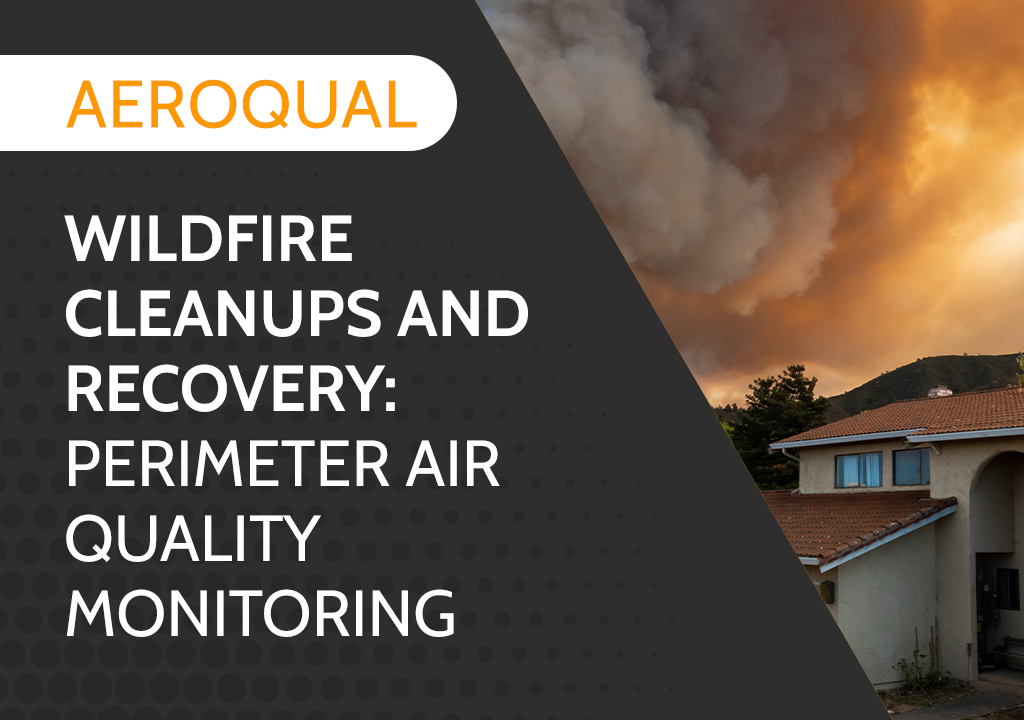 Wildfire Cleanups and Recovery: Perimeter Air Quality Monitoring
Wildfire Cleanups and Recovery: Perimeter Air Quality Monitoring -
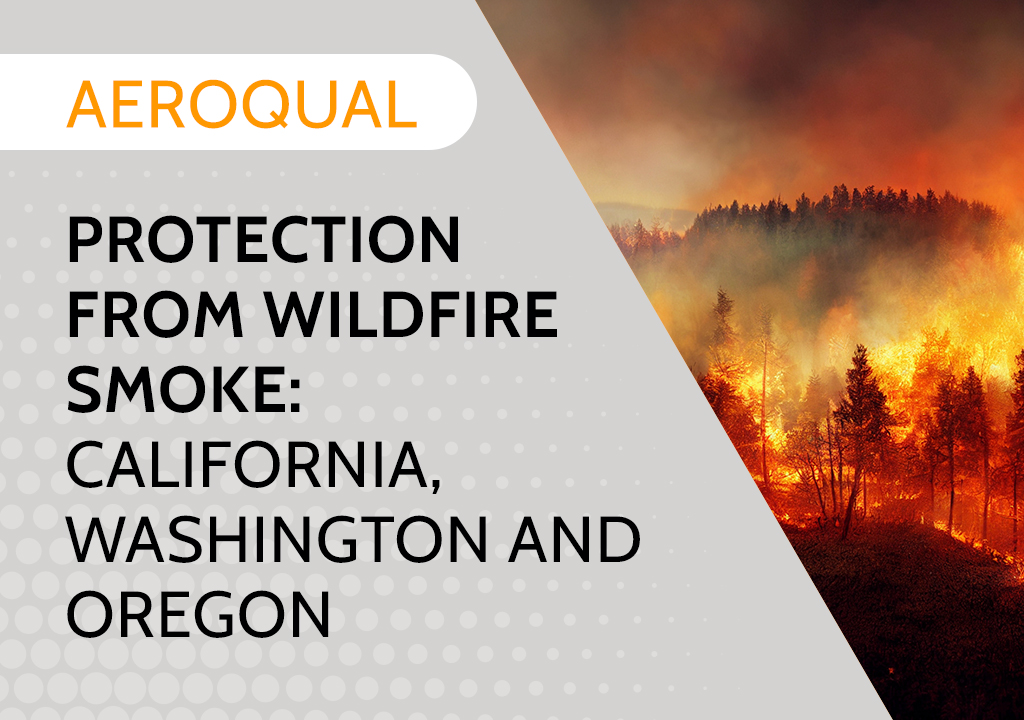 Protection from Wildfire Smoke – California, Washington and Oregon
Protection from Wildfire Smoke – California, Washington and Oregon -
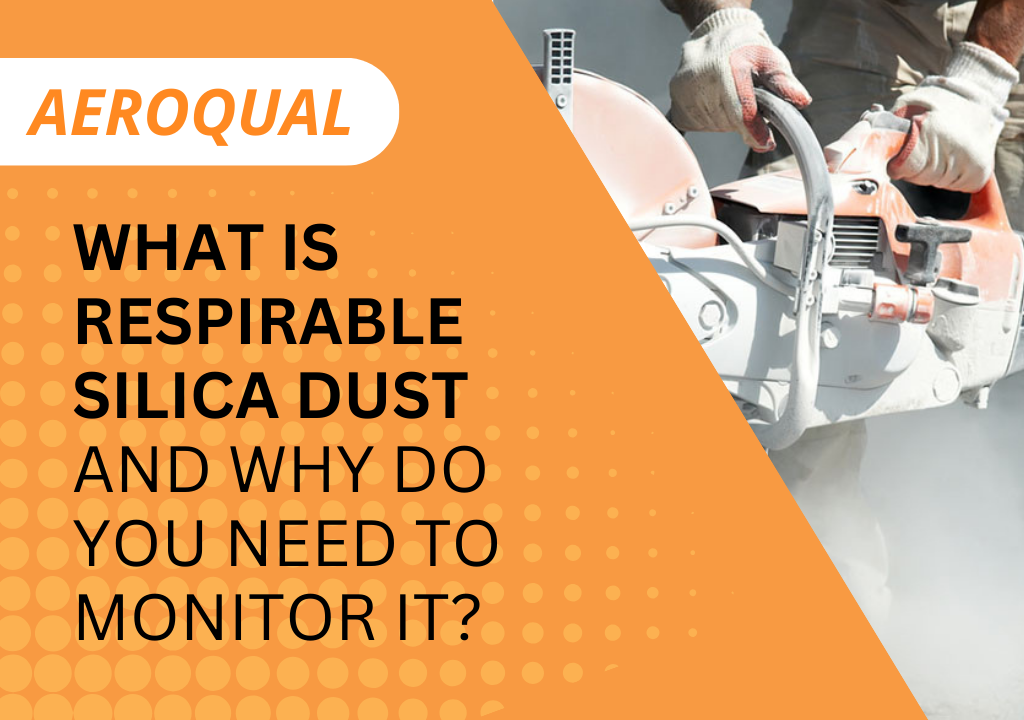 What is Respirable Silica Dust and Why Do You Need to Monitor It?
What is Respirable Silica Dust and Why Do You Need to Monitor It? -
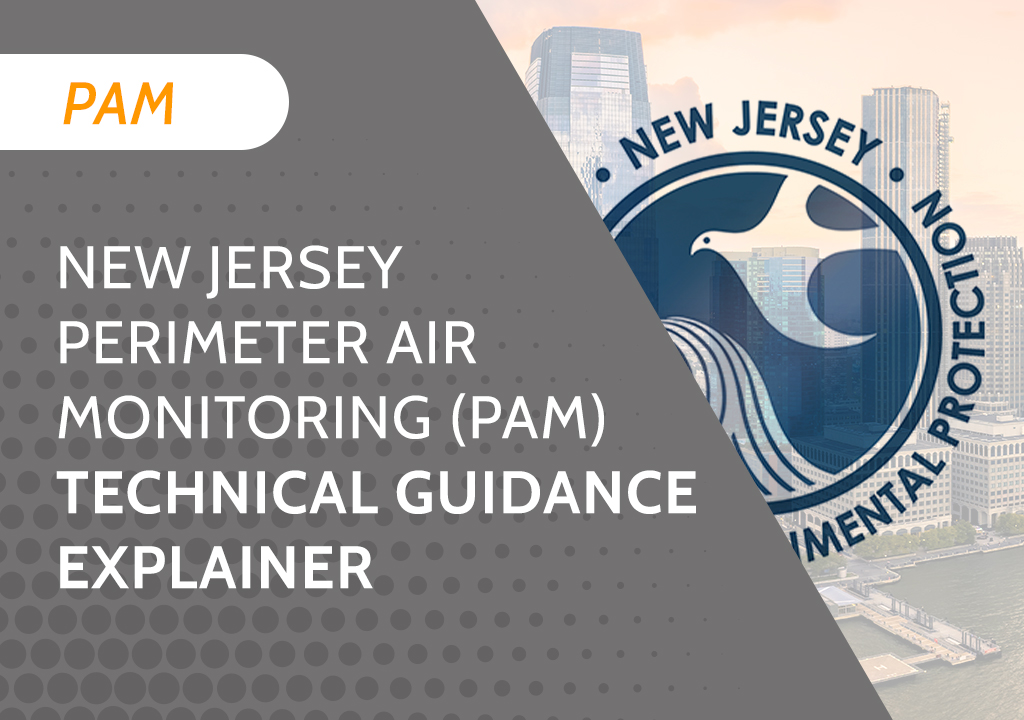 New Jersey Perimeter Air Quality Monitoring (PAM) Technical Guidance Explainer
New Jersey Perimeter Air Quality Monitoring (PAM) Technical Guidance Explainer -
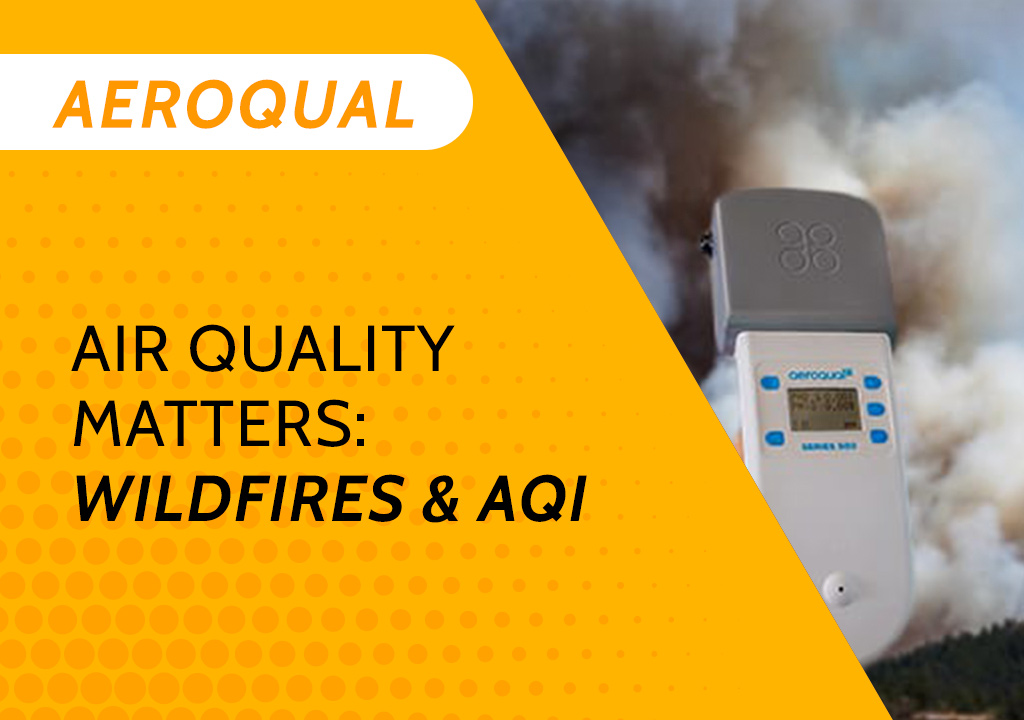 Air Quality Matters: Wildfires & AQI
Air Quality Matters: Wildfires & AQI -
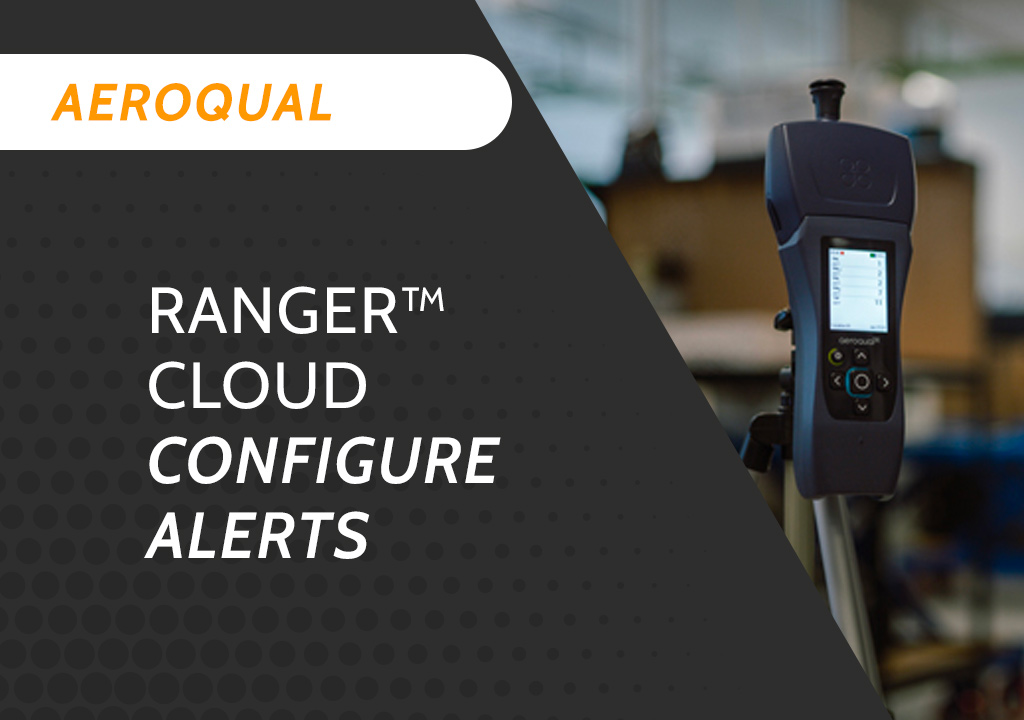 Aeroqual Ranger™ Cloud from Specto Technology - Configure Alerts
Aeroqual Ranger™ Cloud from Specto Technology - Configure Alerts -
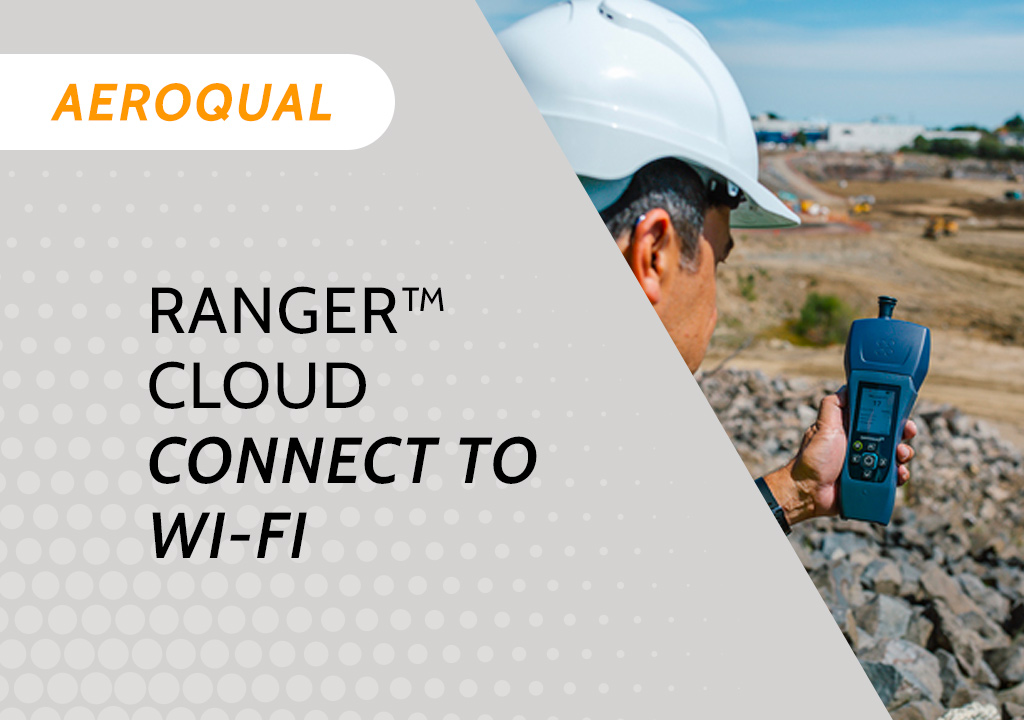 Aeroqual Ranger™ Cloud from Specto Technology - Connect to Wi-Fi
Aeroqual Ranger™ Cloud from Specto Technology - Connect to Wi-Fi -
 Aeroqual Ranger™ Cloud from Specto Technology - Swapping Sensor Heads
Aeroqual Ranger™ Cloud from Specto Technology - Swapping Sensor Heads -
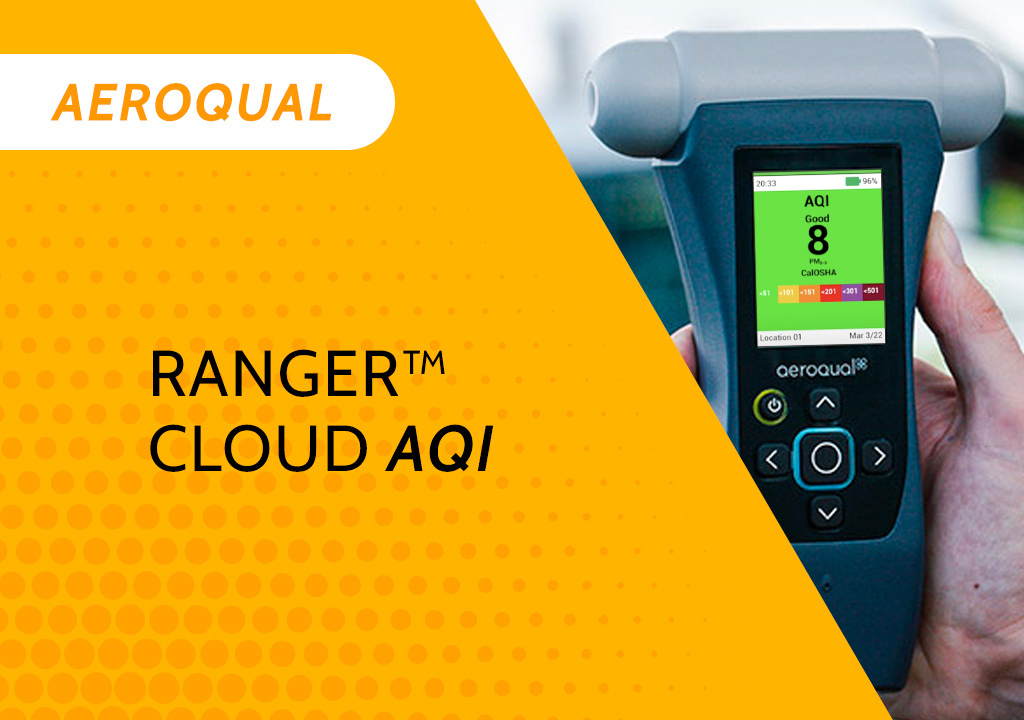 Aeroqual Ranger™ Cloud from Specto Technology AQI
Aeroqual Ranger™ Cloud from Specto Technology AQI -
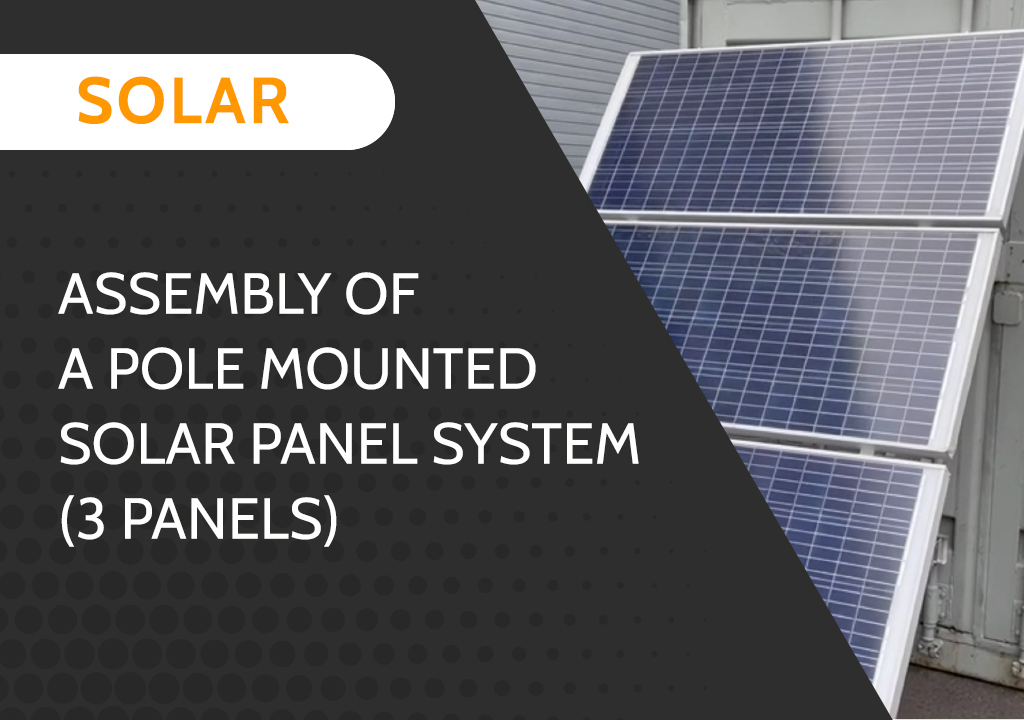 Assembly of a pole mounted solar panel system (3 panels)
Assembly of a pole mounted solar panel system (3 panels)
